I am hardware design engineer. I had seen lot of board designs since 2015. In my career I have seen that most of the RESET signals are of active low signals. Is there any logical reason behind that?
Following are the major reset signals which will be present in the most of embedded systems
- Power on Reset
- Cold Reset
- Warm Reset
- PCIe Reset
- DDR Reset
- USB PHY reset
- SPI protocol Chip select
Any insight would be greatly appreciated.

